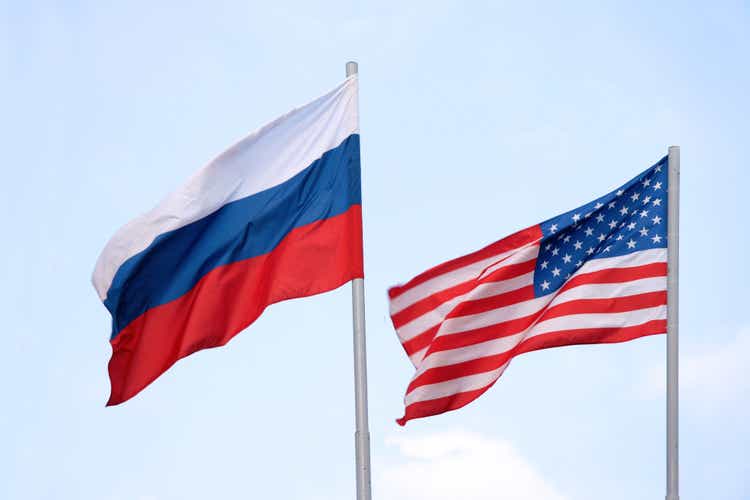How should investors navigate US tariff: India-focused investors are recalibrating positions after the US announced a sharp hike in tariffs on Indian exports. The move—an additional 25 per cent duty tied to India’s continued Russian oil imports—takes the average US tariff on Indian goods to 42.4 per cent, sharply reducing competitiveness across key sectors.
While New Delhi called the move “unfair and unjustified,” markets are already parsing the fallout. Here’s what top brokerages are saying, and what investors should watch:
Jefferies: Macro hit minimal, political frictions linger
Jefferies sees limited macroeconomic risk from switching away from Russian oil, pegging the GDP impact at under 15 basis points. Crude markets have stayed relatively stable, implying ample supply. Instead of oil, Jefferies flags US demands on Indian dairy and agriculture as the real friction points in trade talks.
Citi: Growth could slip by 0.6–0.8 per cent
Citi highlights a 21-day window for negotiations before tariffs kick in. Their base case suggests the new duties could shave 0.6 to 0.8 percentage points off annual GDP. More worryingly, some exports may become entirely unviable, depending on product type and margin structure.
Nomura: Trade shock risk is real
Nomura is more blunt: the 50 per cent effective tariff on Indian goods is akin to a partial trade embargo. With the US accounting for 18% of India’s exports, that’s a meaningful hit. Thin-margin industries are most at risk, and short-term downside risks to growth have increased.
Bank of America: Watch energy-linked names
BofA focuses on oil. India has been a major buyer of Russian crude, purchasing between 13–18% of Russia’s total exports. A retreat could hurt oil marketing companies (OMCs) but help upstream producers like ONGC. That said, given the narrowing discount on Russian crude, BofA expects the overall macro effect to be contained.
What Should Investors Do Amidst US Tariff?
Avoid low-margin exporters to the US. Sectors like textiles, gems & jewellery, and some auto components could see severe pressure.
Focus on domestic-facing sectors. Consumer, IT, and healthcare are relatively insulated.
Monitor oil-related stocks. OMCs may underperform; upstream players could benefit.
Track the 21-day negotiation window. Any diplomatic thaw could boost market sentiment.
Expect policy noise around US take on India’s agriculture and dairy subsidies.

 2 days ago
1
2 days ago
1





















 English (US) ·
English (US) ·